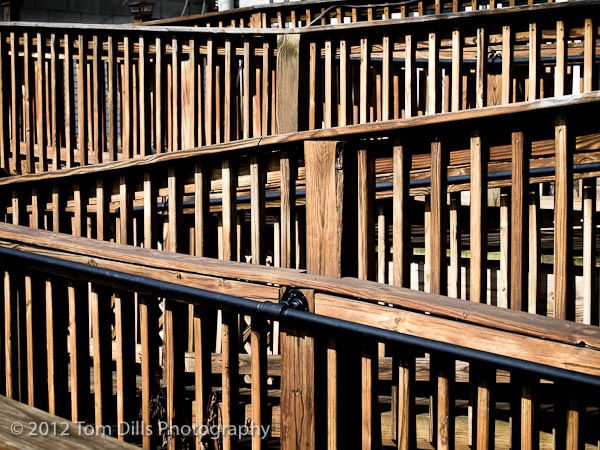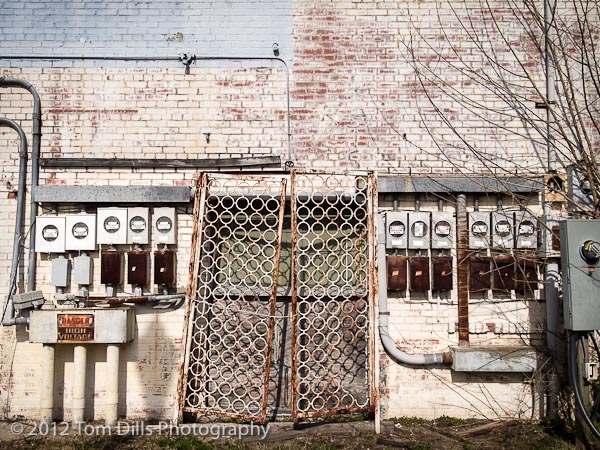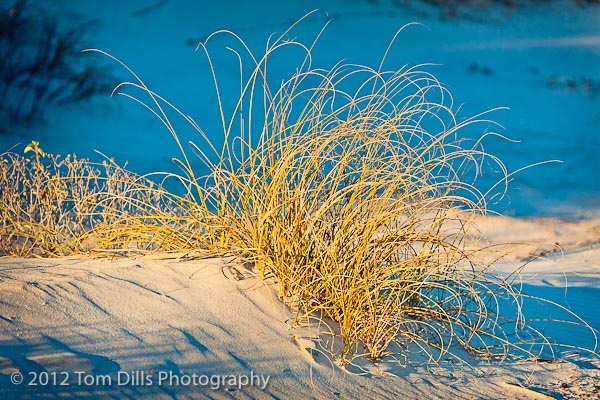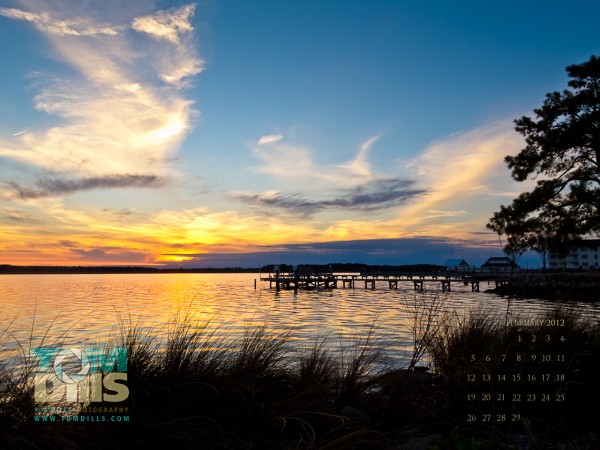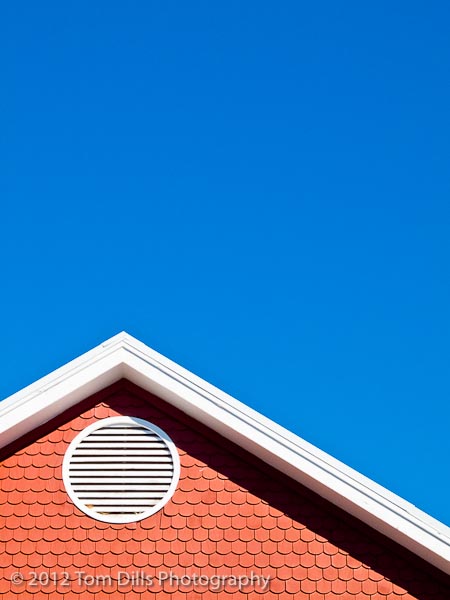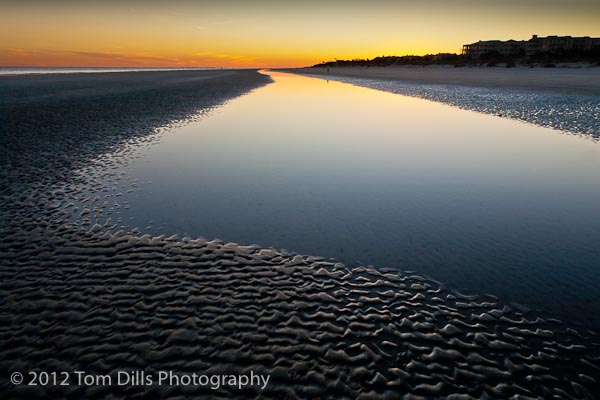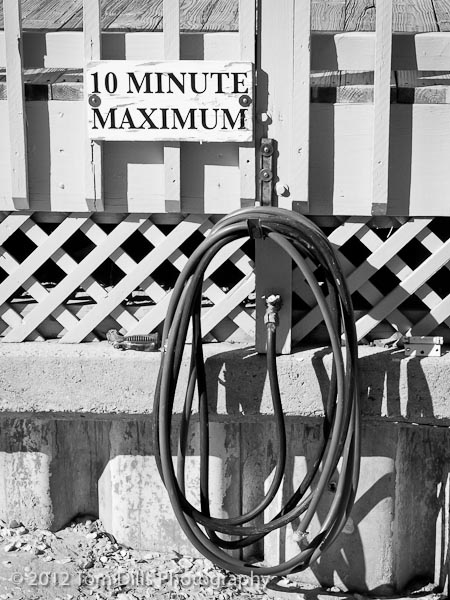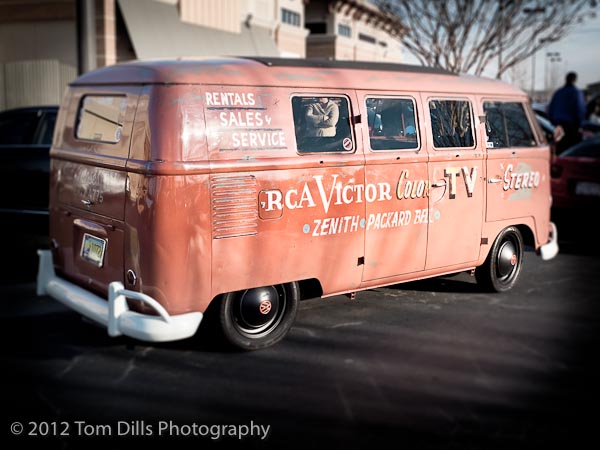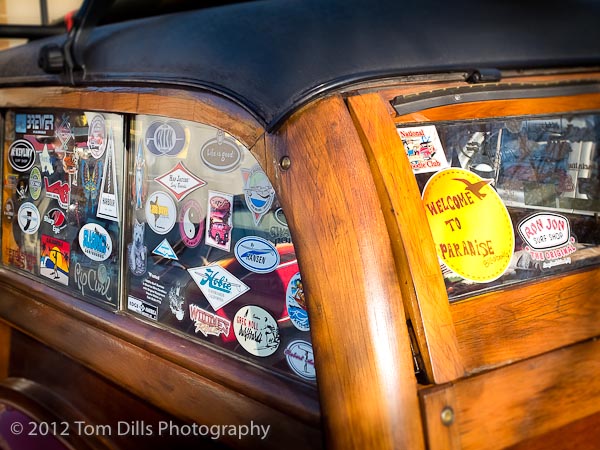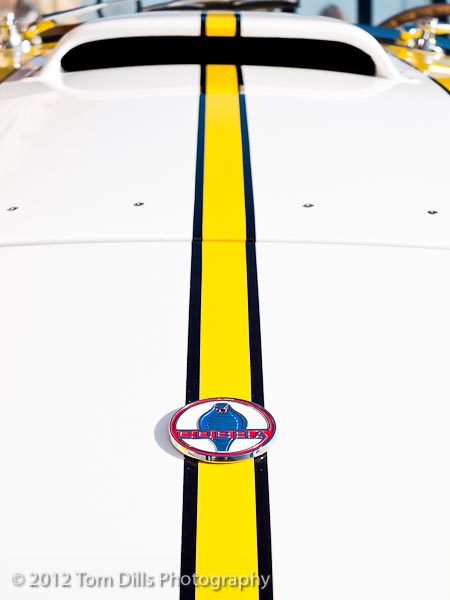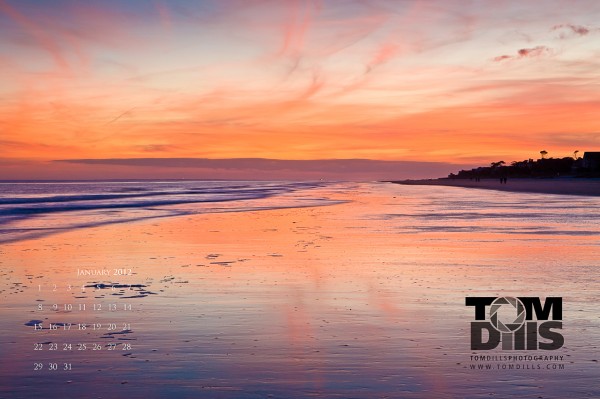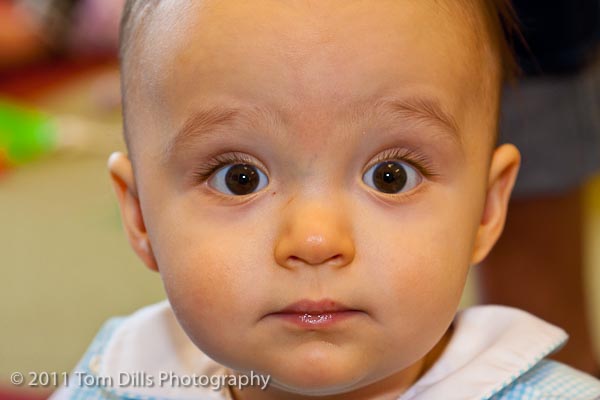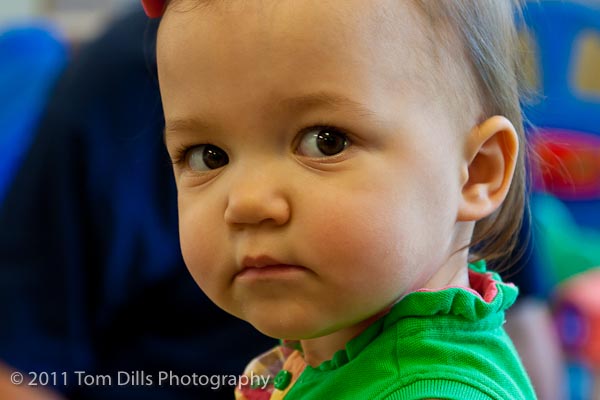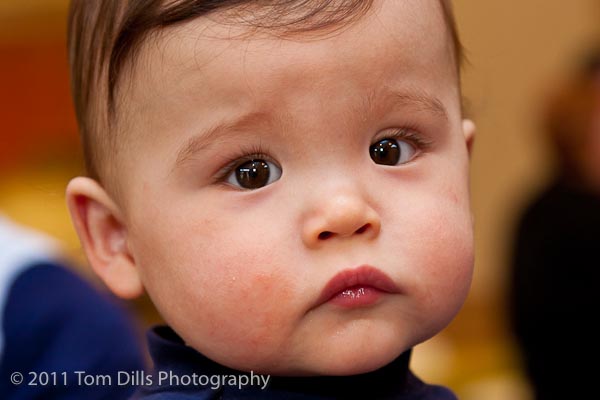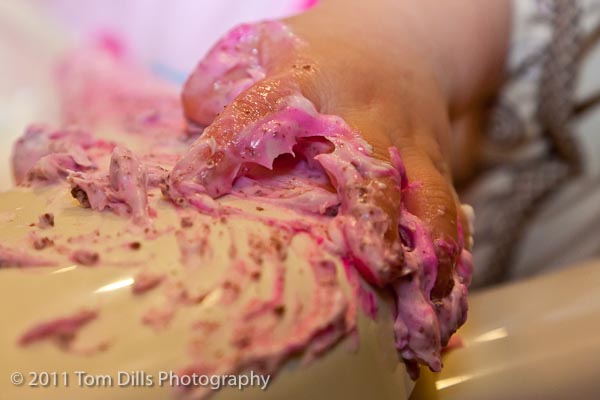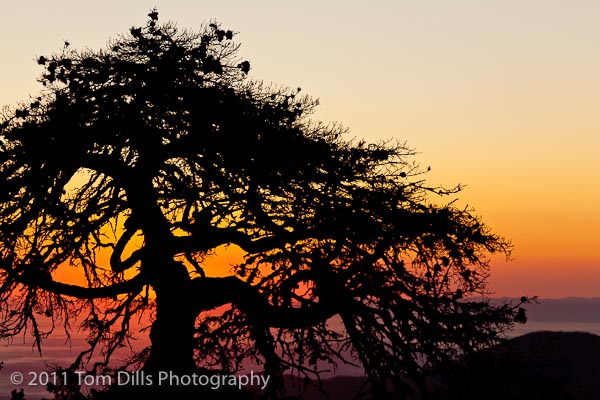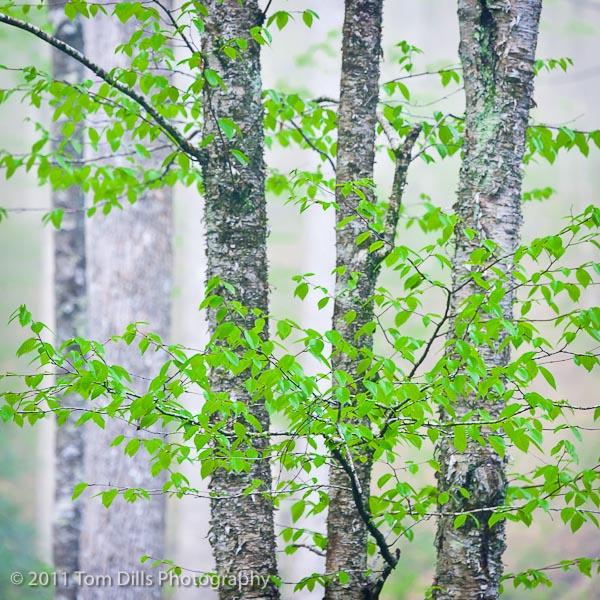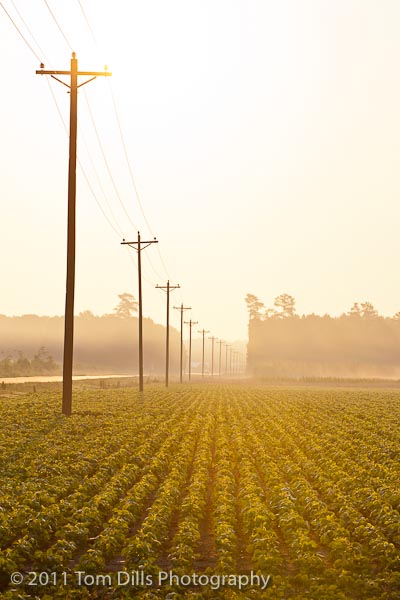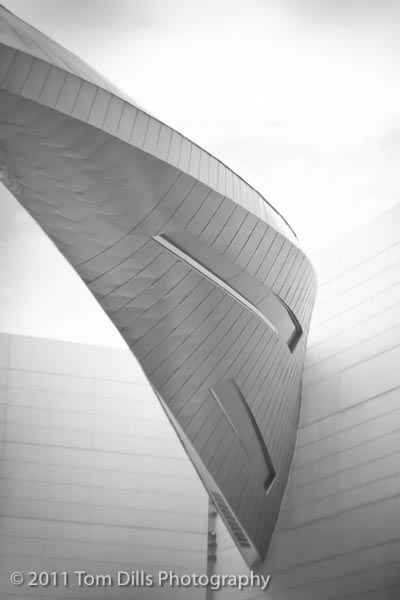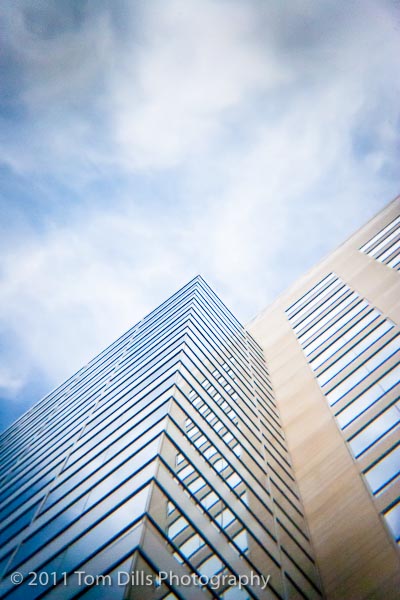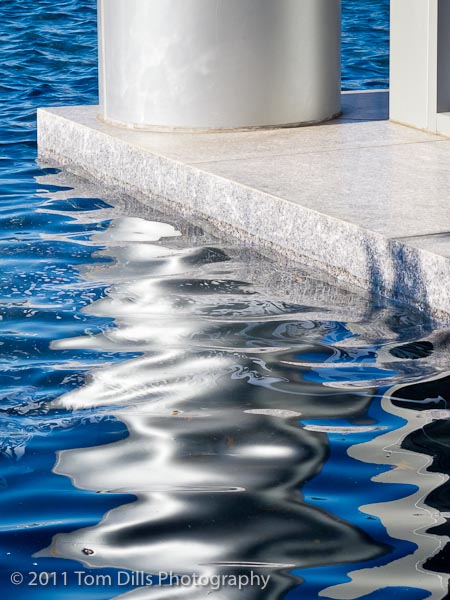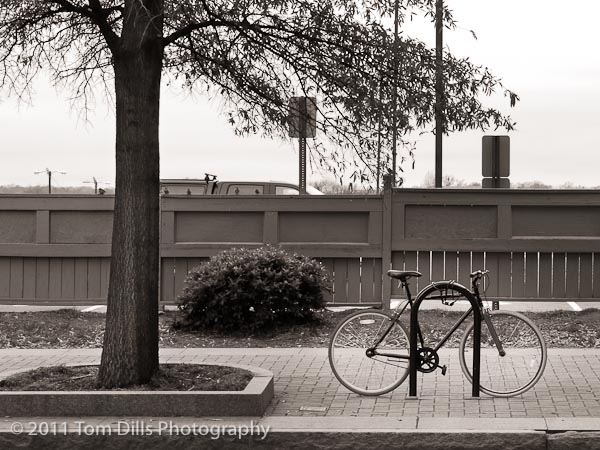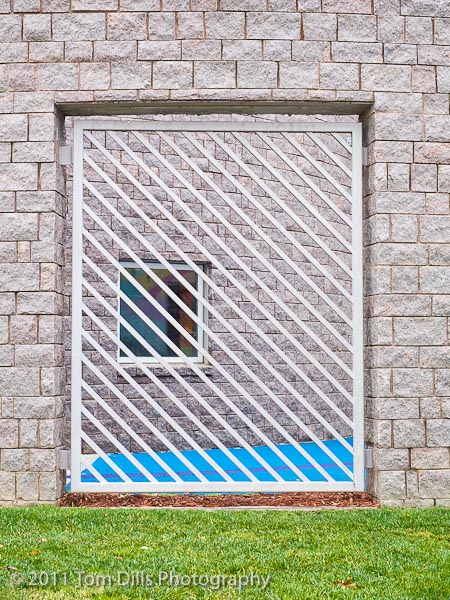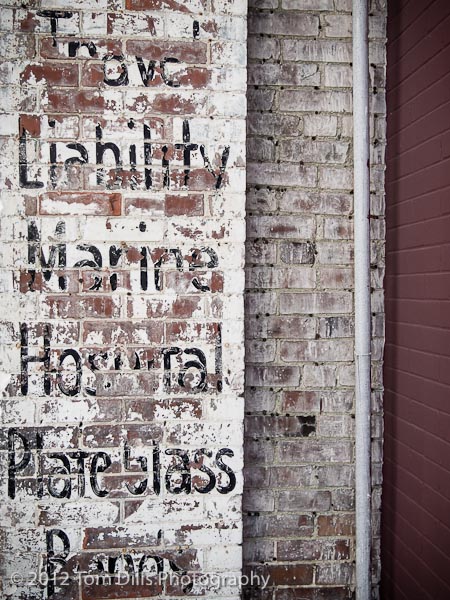
Kathy & I are spending the long President’s Day weekend (President’s Day for most banking-related employers except mine. Oh, well….) in Belhaven, NC, one of our favorite getaway spots. We enjoy coming to Belhaven because we can do or not do, as much or as little as we choose. It’s a nice little town on the Intracoastal Waterway, a little sleepy but there’s enough to do if you want something to do. We’ve got some good friends that run a B&B here, and it is nice to visit several times a year to catch up. After the hustle & bustle of The Big City it is a welcome change.
Saturday we visited Washington, NC, just down the road between Belhaven and Greenville. There’s a great wine shop there we like to visit called Wine & Words (‘Words’ because it is also a used book store). We go for the wine but I’ve also bought books there, once picking up a copy of Peter Turnley’s The Parisians for an amazingly good price.
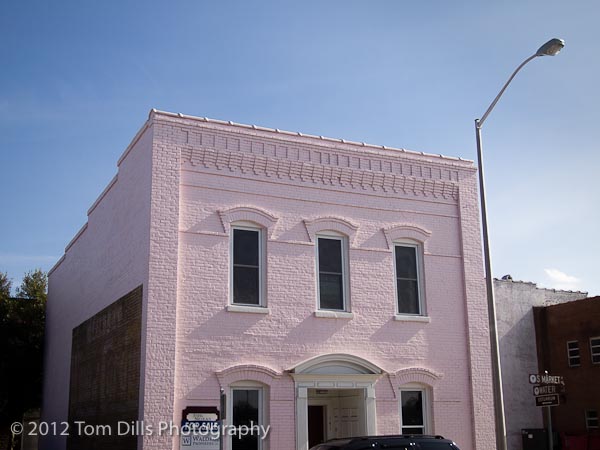
I’ve been begging Kathy to let me try out her little Olympus E-PL2 for quite some time, and she decided that she wasn’t planning to do any shooting this weekend, so as long as I used my own memory card (so I wouldn’t corrupt hers!) I could shoot to my heart’s content. I didn’t shoot a lot with it, but I did get a chance to make some walking-around-town photos in Washington and worked a little bit around the Sunset Hour, although colorwise there wasn’t much to work with.
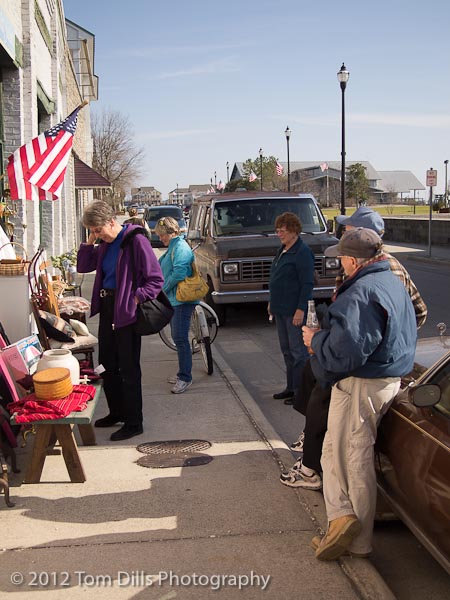
Today has been wet and cold and rainy, so while I ordinarily wouldn’t spend time processing and posting photographs, it seemed like a perfect day to play around with Lightroom 4. I’m teaching a Lightroom class this coming Saturday and thought I probably should at least be able to discuss the upcoming update. I decided to just jump in without reading any tutorials, so now that I’ve spent some time with it I can look at some tutorials and figure out what I should have known before I started. Sort of like reading the manual after assembling the swing set, but I figure I can’t hurt anything. So far, so good.
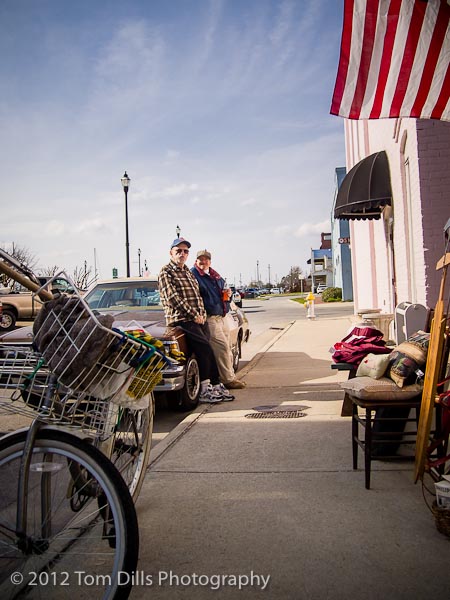
A lot of the new version looks pretty much like the old one, although I’m obviously going to need to spend some time learning about the new Map and Book modules. There are some interesting new slider functions in the Develop Module, and that’s where I spent most of my time. It will be interesting to read about the changes and find out what I should have known before I started!
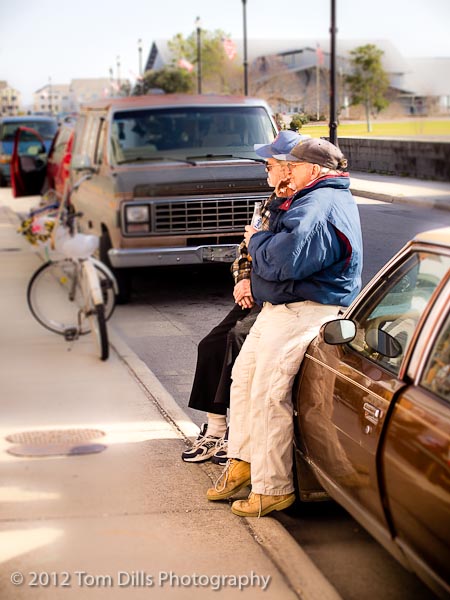
So anyway, these are a few images shot on an unfamiliar camera and processed with a partially unfamiliar program. I think they’re kind of fun, I had fun making them and fun working with Lightroom 4.
